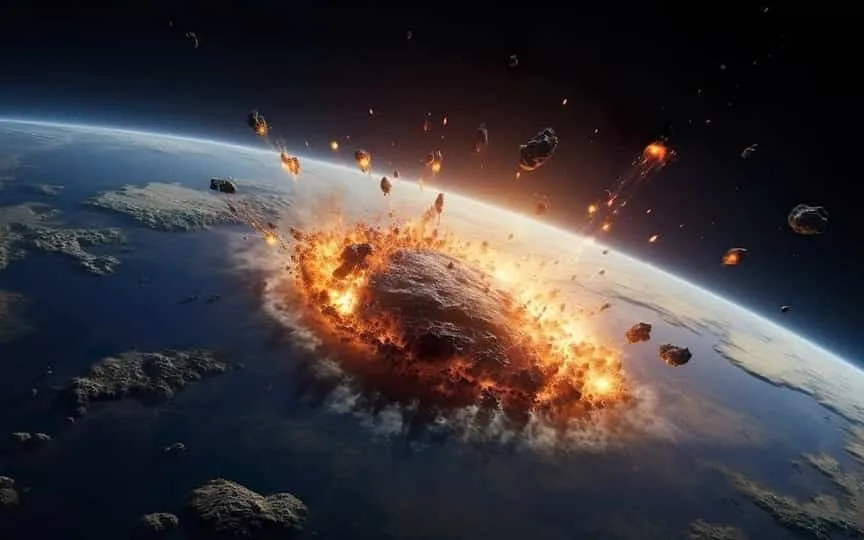NASA Reports Asteroid to Pass Close to Earth at 5.5 Million Kilometers
NASA uses telescopes like NEOWISE, ALMA, Pans-STARRS1, and Catalina Sky Survey to monitor and analyze asteroids in space. Based on their findings, the US space agency has provided information about an enormous asteroid, named 2001 QQ142, which is predicted to come very close to Earth on December 6. Learn more about this significant encounter.
Asteroid 2001 QQ142: Details of the close approach
This Near-Earth space rock, named by NASA as Asteroid 2001 QQ142, is expected to fly past the planet at a distance of about 5.5 million kilometers today. It orbits the Sun and approaches the Earth at a speed of 23,975 kilometers per hour, which is much faster than Intercontinental Ballistic Missiles (ICBM)!
According to NASA, it belongs to the Apollo group of Near-Earth Asteroids, which are space rocks passing through the Earth with semimajor axes greater than the Earth’s axis. These asteroids are named after the huge 1862 Apollo asteroid discovered by German astronomer Karl Reinmuth in the 1930s.
How big is the asteroid?
Asteroid 2001 QQ142 is nearly 2,200 feet across, comparable in size to a huge bridge! It’s even bigger than the iconic Empire State Building! According to NASA, this asteroid has been designated as a potentially hazardous object by NASA’s Center for Near-Earth Object Studies (CNEOS). This means that its massive size and close approach distance could potentially threaten Earth and cause catastrophic damage if it were to collide.
Shockingly, this is not Asteroid 2001 QQ142’s first close approach to Earth. It first passed the Earth on August 1, 1901, when it flew past the planet at a distance of 72 million kilometers. After today, this space rock will pass the planet again on January 18, 2029 at a distance of 68 million kilometers.
Importance of studying asteroids
However, asteroids also sometimes pose a threat to the planet. These ancient space rocks have impacted Earth in the past and changed the course of history. Most of the time, asteroids pass close to the Earth but at a safe distance, never touching the surface. However, it is still important to monitor them to minimize the uncertainties associated with their close approaches.




